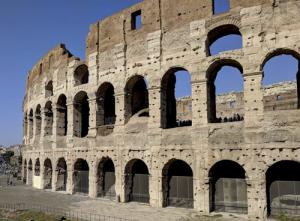Unchosen Surprises in Choice
Steve Mitnick is President of Lines Up, Inc., Editor-in-Chief of Public Utilities Fortnightly, author of “Lines Down: How We Pay, Use, Value Grid Electricity Amid the Storm,” formerly an expert witness that testified before utility regulatory commissions of six states, the District of Columbia, the Federal Energy Regulatory Commission, and in Canada, and a faculty member at Georgetown University teaching undergraduate microeconomics, macroeconomics and statistics. He argued in 1989, at a partner retreat of the consulting firm Putnam, Hayes & Bartlett, that locational marginal pricing and deregulation of regional powerplant fleets would bring new complexities and risk long-term capacity adequacy.
So begins a new and regular column in Public Utilities Fortnightly. Each month, here, we'll take a look back on the large moments in the history of utility regulation and policy. And reflect on the lessons of history for us in the practice of pursuing the public interest in the present and years ahead.

It's the nineteen nineties, a quarter century ago. The implementation of retail competition, what its aficionados oftentimes called "customer choice" or just "choice," was all the rage. One thing though. The implementation of retail competition required the implementation of wholesale competition.
Some prominent economists had been saying that powerplant production, operations, capital investment, development and retirement — the wholesale power sector — should be deregulated. Their technical argument was that the wholesale sector isn't a "natural monopoly" (in economist jargon) and so doesn't need regulators to protect consumers.
But it was deregulation of the retail power sector that captured the imagination of the public. Since the inception of utility regulation in the early twentieth century, many Americans bristled by having no choice but to purchase their electric service from the local regulated utility. So choice was popular.

